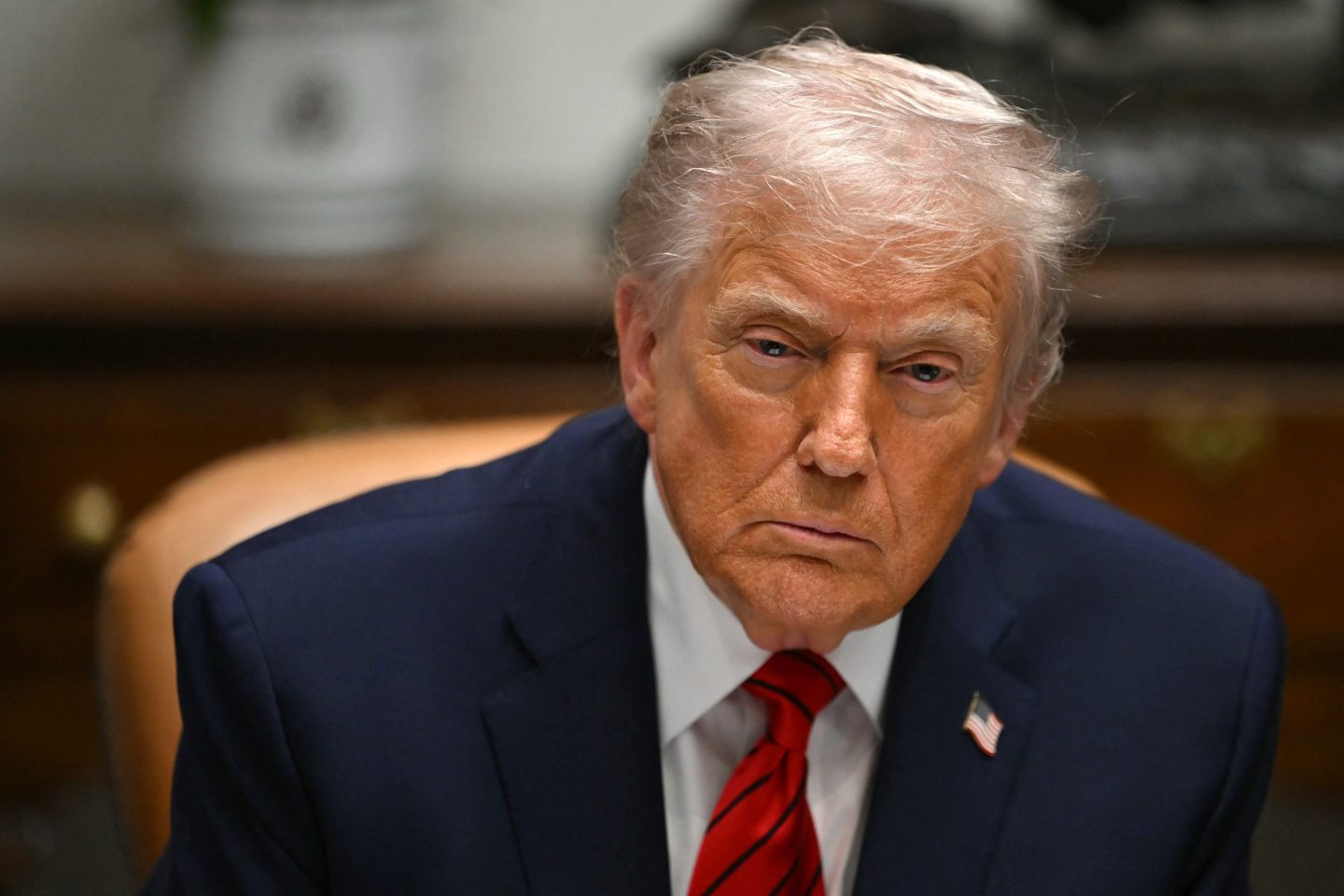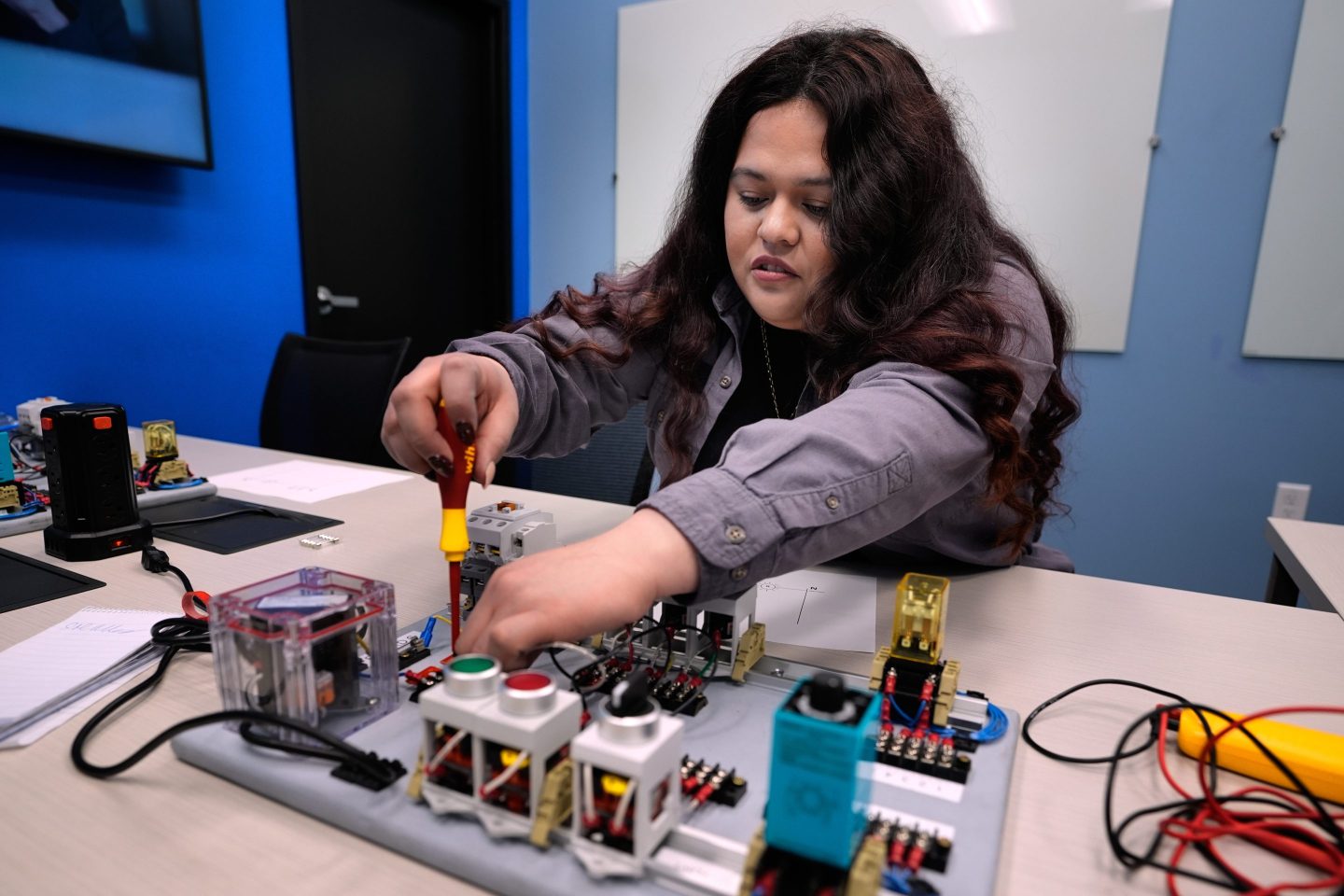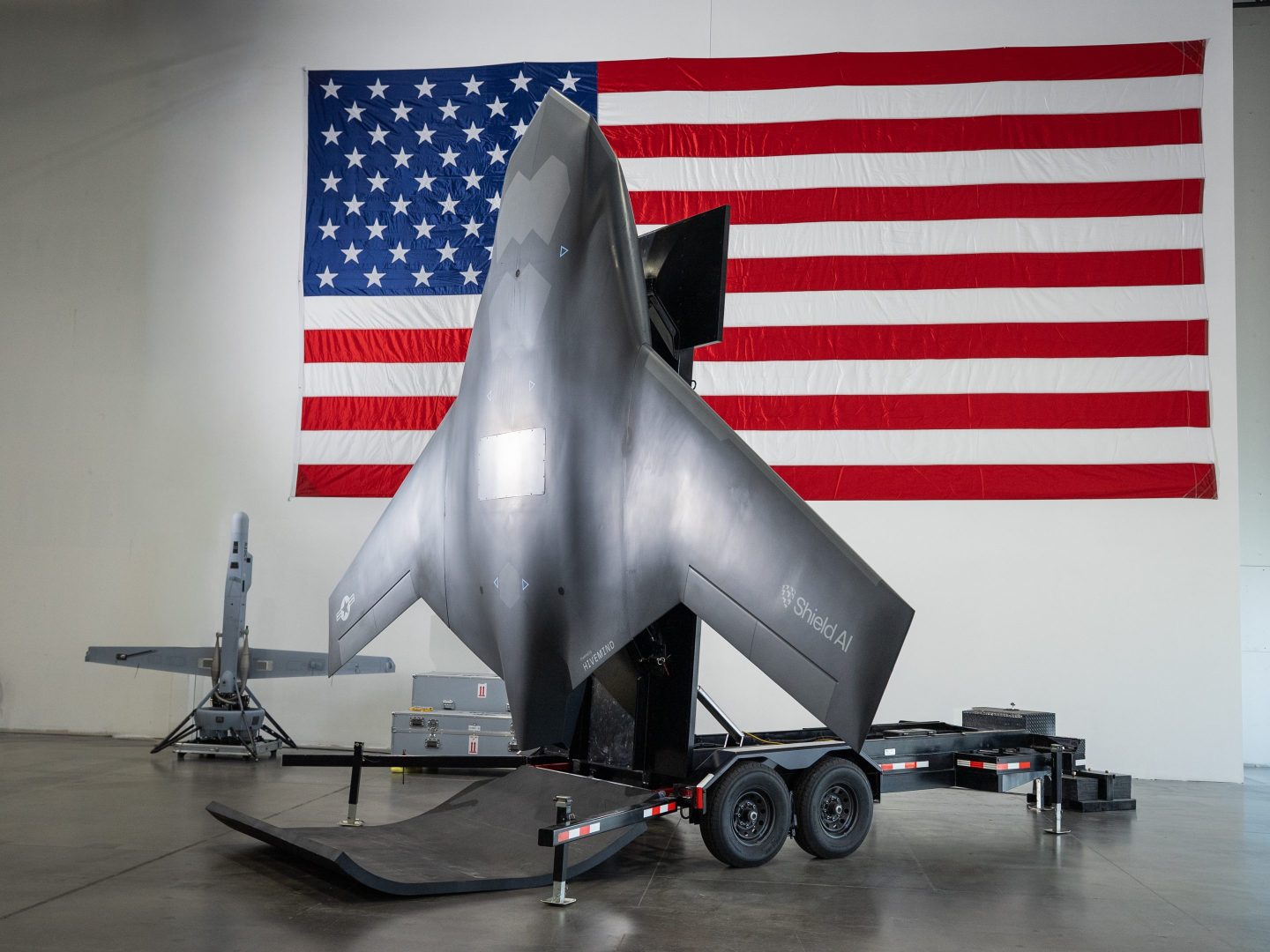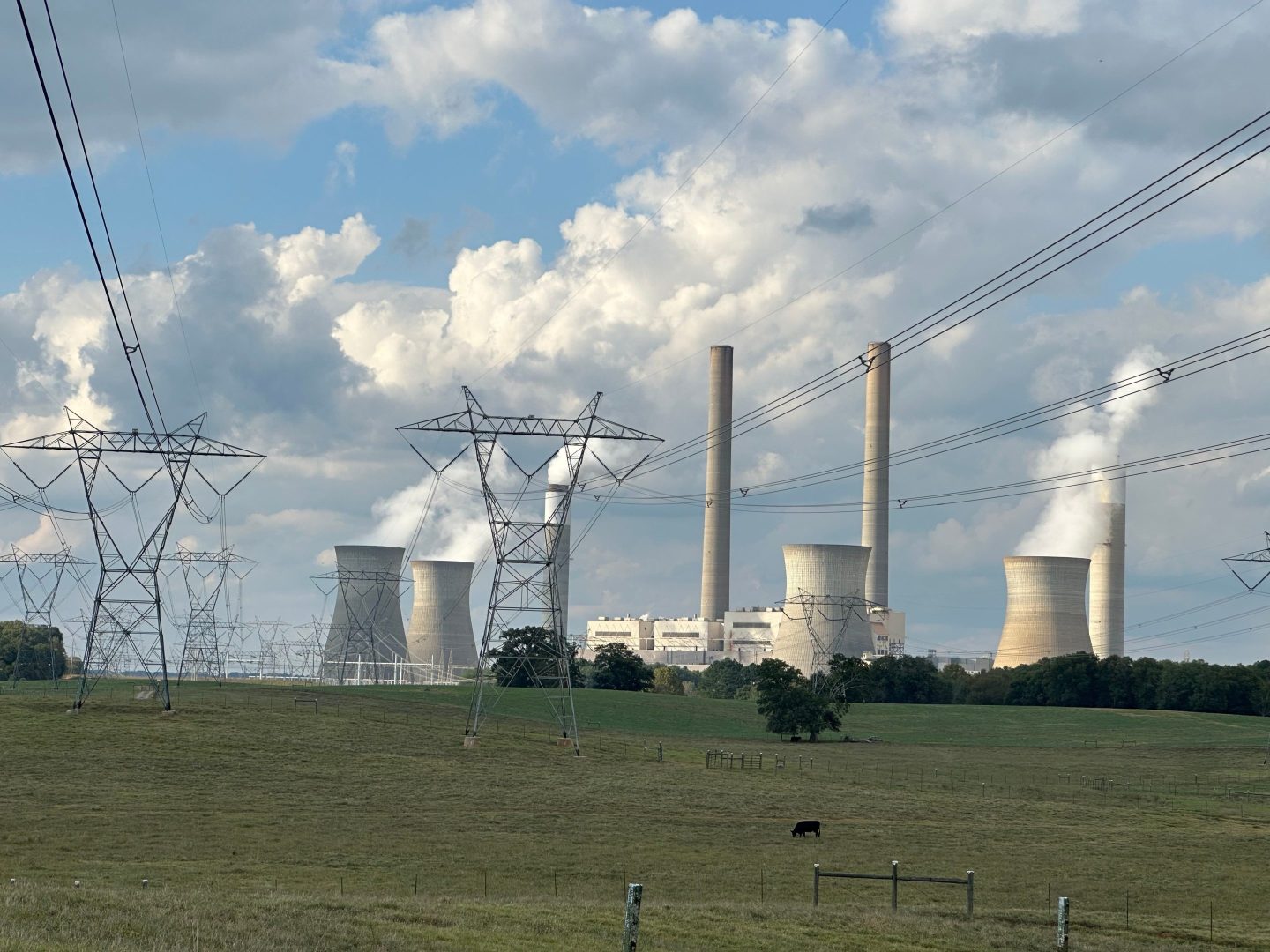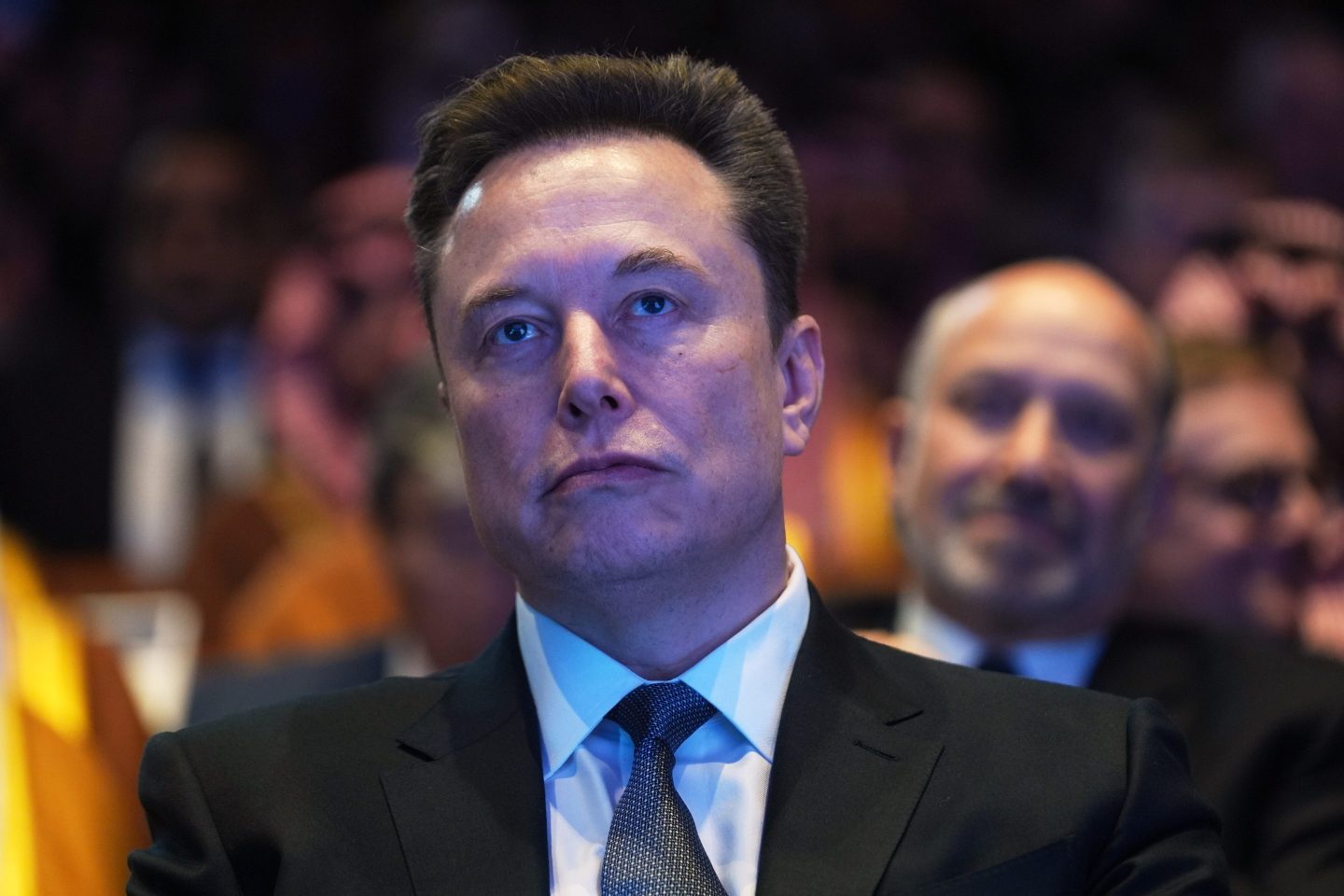Ford chief executive Jim Farley is downsizing plans for a new low-cost battery cell plant in the automaker’s home state of Michigan amid a sharp slowdown slump in EV sales.
The market for electric vehicles is currently experiencing a “trough of disillusionment,” according to industry researchers at Cox Automotive, spurred in part by soaring borrowing costs that put the price of an EV out of reach for many Americans.
In a statement on Tuesday, Ford said it would reduce the planned factory size by some 40% to around 20 gigawatt-hours of annual cell capacity, roughly enough for 300,000 cars. Staffing would drop by a third to 1,700 jobs.
“We are rightsizing as we balance investment, growth, and profitability,” Ford said, adding it remained bullish overall on its long-term strategy for EVs even if it was less ambitious in scope.
Previously Ford had targeted 35 GWh worth of cells per year built by a workforce of 2,500 people for the new factory in Marshall, located about 100 miles west of Detroit.
While it confirmed the start of production remained slated for 2026, it did not say whether spending would still amount to the previously guided $3.5 billion.
Marshall is slated to become Ford’s first battery manufacturing plant to produce lithium iron phosphate cells (LFP), a low-cost chemistry popular in China where EV prices favor affordability over range and performance.
Jaguar EVs aren't moving.
— CarDealershipGuy (@GuyDealership) November 9, 2023
At this pace they're going to start giving them away.
327 days' supply is CRAZY.
Nearly 5X higher than industry average.
(via CDG Data Partner: https://t.co/aKUJg6HCfI) pic.twitter.com/iJ7YddV591
Tesla employs this type of cell chemistry in its entry level Model 3 and Model Y vehicles, since the bulk of the cost of an EV comes from purchasing battery-grade metals like nickel and cobalt. While heavy and therefore range-reducing, iron is a far more commonly found element that is cheap to procure and is more robust in terms of a battery’s fire safety.
Ford’s Mustang Mach-E among the slowest selling EVs
Ford, which is currently vying with GM’s Chevrolet for the honor of being a very distant second to Tesla in the U.S. market, has set a target of building EVs at a pace of 2 million units globally when annualized by late 2026.
Part of this includes a $5.8 billion investment Ford has earmarked for a Kentucky battery plant that will focus on cells using the more powerful but more expensive nickel cobalt manganese (NCM) chemistry found in most Western EVs.
These investments were designed to finally make Ford more competitive with Tesla. Currently its 5.3% share of the EV market in the U.S. trails GM’s Chevy 5.7% through the first nine months of this year, data from Cox Automotive shows. By comparison, Tesla controls a 57% share.
But even before it is really picking up pace, Ford and other peers are already feeling a slowdown in demand after several years during which the high double-digit growth rate in EV sales seemed to never end.
Inventories of finished electric vehicles have now become so bloated that it would take 88 days on average just to clear the existing supply, twice as long as last year, according to the head of AI car shopping app CoPilot. One of the slowest-moving EV models in the U.S. is the Ford Mustang Mach-E, with 253 days’ supply, versus an average of 59 days for conventional gasoline-powered cars.
In October, Ford was forced to cut production of its F-150 Lightning electric pickup truck, the one model where it enjoyed the strongest pricing power thanks to having a leg up on Tesla in the segment. Musk’s Cybertruck however is only days away from its official launch at the end of this month.



